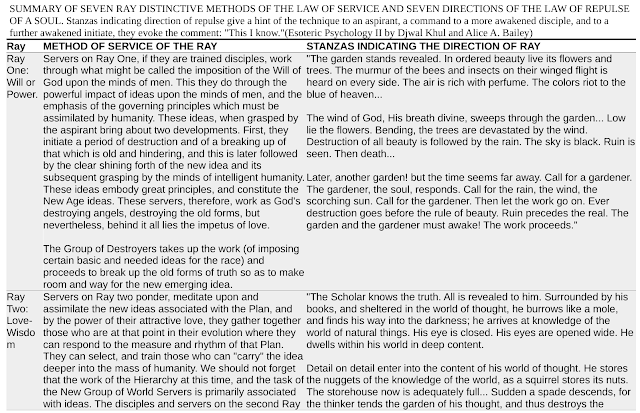East-West Comparative Philosophy III

Subsequent to the discussion on the comparative philosophy, this post alludes to a synthesis of East, West philosophies leading to Synthetic global philosophy. As a prelude to the synthesis, let me recall these words of Sri Aurobindo in context of synthesis of ancient Vedantic Yoga philosophies, "The synthesis we propose cannot, then, be arrived at either by combination in mass or by successive practice. It must there- fore be effected by neglecting the forms and outsides of the Yogic disciplines and seizing rather on some central principle common to all which will include and utilise in the right place and proportion their particular principles, and on some central dynamic force which is the common secret of their divergent methods and capable therefore of organising a natural selection and combination of their varied energies and different utilities." (The Synthesis of Yoga, Volume 23, Collected Works Sri Aurobindo) One can extend this essence of synthesis into the domain ...






